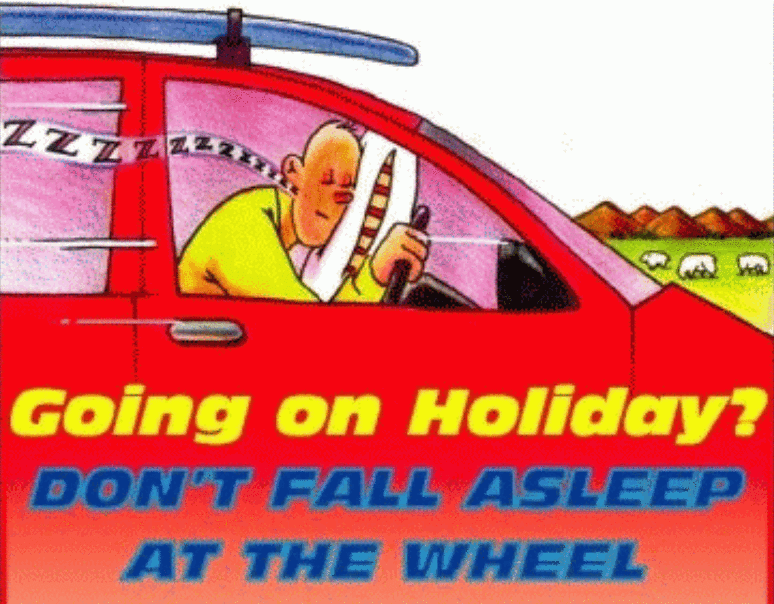
Alliance member New Zealand Sleep Safety Ltd. creates awareness of the dangers of “drowsy driving”—or driver fatigue—on the roads through its signature Drowsy Driving Handbook, a passport-sized document that provides clear, concise, and simple educational messages for drivers. Information shared in the handbook includes the main causes of drowsy driving, common myths, and how to prevent “this silent killer on the roads.”
“Drowsy driving is a ‘silent killer’ because most people have never heard of it as an issue, unless they have had near misses themselves or know friends who have fallen asleep at wheel,” stated Martin Jenkins, Strategic Director of New Zealand Sleep Safety Ltd.
Despite the relative lack of knowledge about the issue, research shows that drowsy driving presents a significant risk on the roads, even greater than drink driving. The Road and Maritime Services of New South Wales recorded 3,329 crashes as being fatigue-related, nearly double the number of alcohol-related crashes recorded in the same time period. Further, a recent study by the University of New South Wales stated that among 90 drivers who exhibited signs of fatigue on the roads, not one of them decided to stop driving, despite being aware of their tiredness. A study by Virginia Tech Transportation Institute in the United States concluded that 80% of crashes recorded were showed to be caused by inattention, and 20% of these crashes were directly related to driver fatigue.
A key message to drivers outlined in the Drowsy Driving Handbook is to take a break from driving every two hours. However, if the driver experiences any drowsy driving warning signs (outlined in the Handbook), they should stop immediately, and take action.
“A 15-minute ‘power nap’ could save your life,” said Jenkins. “International studies show that over 80% of drowsy driving/driver fatigue crashes are caused by sleep deprivation, i.e. due to poor quality sleep, insufficient sleep, or medical sleep disorders. A rest alone will do nothing for you if you are sleep deprived. A rest will not stop you micro-sleeping on the road. We have found that a little education makes a huge difference.”
The Drowsy Driving Handbook serves as a summary of the key educational messages that New Zealand Sleep Safety uses in its wide-scale “Sleep deprivation is AKILLA®” campaign, which officially launched in May 2005. The AKILLA® campaign is New Zealand’s first privately-led initiative on road safety to educate drivers about the dangers of drowsy driving. Campaign materials include the drowsy driving handbook, a drowsy driving DVD, and a drowsy driving smartphone App.
Since the launch of the campaign, there is now greater acknowledgement of drowsy driving as a serious road safety concern in New Zealand. Drowsy driving was formally included as a priority in the Government of New Zealand’s Road Safety Strategy 2010-2020, and government agencies have started mobilizing resources to convey additional drowsy driving educational messages through billboard and radio advertisements, and to a small extent television advertising.
New Zealand Sleep Safety also established “New Zealand Drowsy Driver Awareness Day,” which takes place every year on December 13th. The day was formally recognized by the New Zealand Parliament in 2006.
For more information about New Zealand Sleep Safety Ltd., the AKILLA® campaign, or the issue of drowsy driving, visit http://www.akilla.co.nz/ .